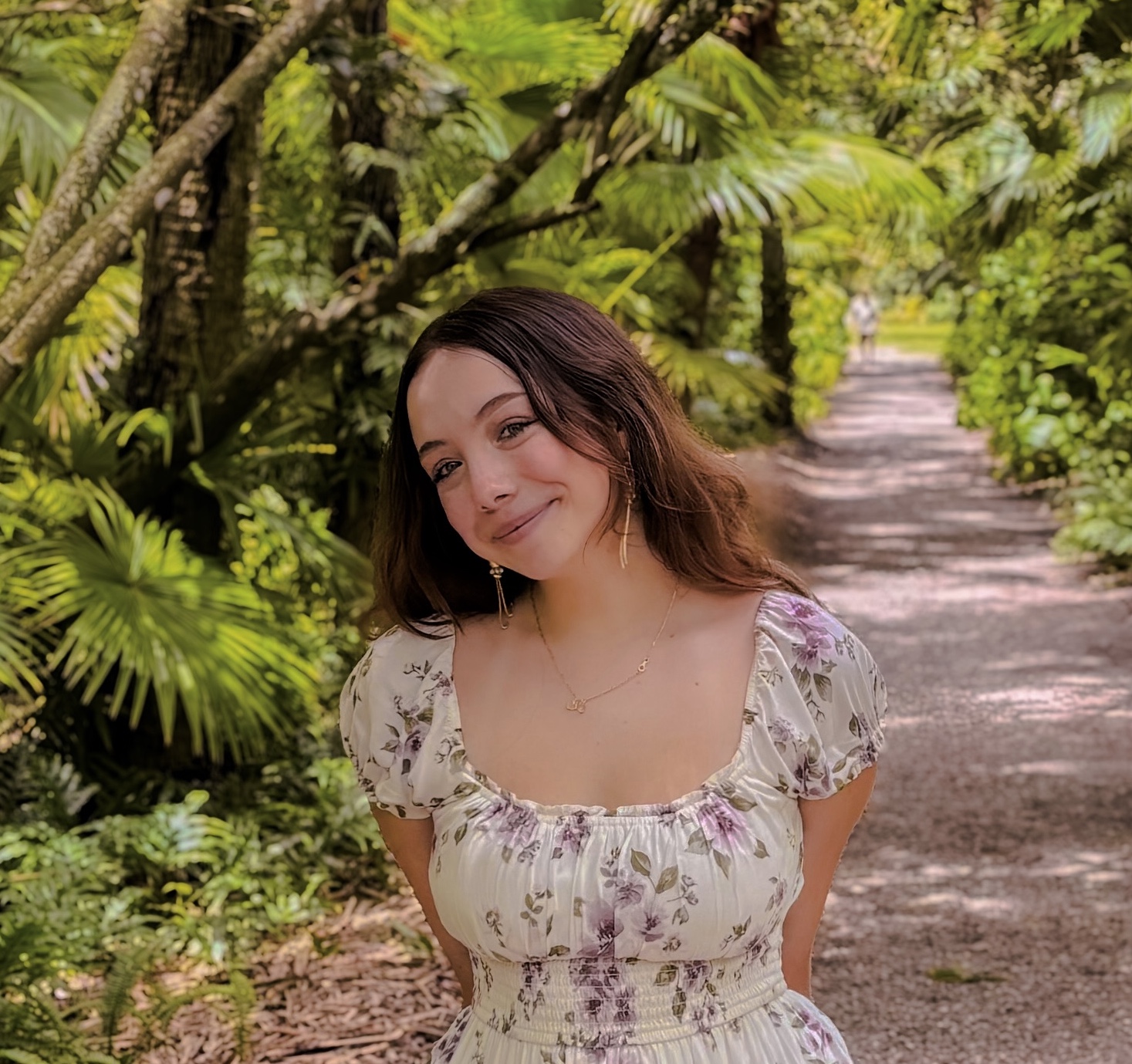Research Symposium
25th annual Undergraduate Research Symposium, April 1, 2025
Brooke T. Hagans Poster Session 2: 10:45 am - 11:45 am/ Poster #65

BIO
I am passionate about research in ecology, evolution, and animal behavior, driven by a curiosity about how social dynamics shape the natural world. In the DuVal Lab, I study social networks in Lance-tailed Manakins, investigating whether interactions actively drive status change or reflect an individual’s current role. By analyzing decades of data, I aim to uncover the mechanisms behind cooperation, hierarchy, and long-term social benefits in animal societies.
Beyond research, I am committed to education and outreach. I believe scientific discovery should be shared beyond academia, and I actively engage in community initiatives that promote ecological awareness and public understanding of science.
Looking ahead, I aspire to lead interdisciplinary research on animal intelligence, social bonding, and communication—particularly in corvids and parrots, whose behaviors often reflect the emotional depth and complexity of human relationships. I’m especially interested in how these species form lifelong partnerships, maintain emotional connections, and whether their intelligence can be expanded through enriched interaction. By exploring these parallels, I hope to bridge the gap between human and non-human understanding. Long-term, I aim to combine research, teaching, and mentorship to inspire future scientists and deepen our collective appreciation for the natural world.
Networking to Rise, Rule, or Learn? A Study of Social Interactions in Lance-tailed Manakins
Authors: Brooke T. Hagans, Daniel A. Gutiérrez-CarrilloStudent Major: Biological Sciences
Mentor: Daniel A. Gutiérrez-Carrillo
Mentor's Department: Department of Biological Sciences Mentor's College: Florida State University College of Arts and Sciences Co-Presenters:
Abstract
Social behavior shapes animal populations by influencing access to resources, reproductive success, and cooperation. In some species, social interactions determine hierarchical status and mating opportunities. The Lance-tailed Manakin (Chiroxiphia lanceolata), exhibits cooperative partnerships, where dominant (alpha) and subordinate (beta) males perform synchronized displays to attract females. Males undergo delayed plumage maturation, transitioning through subadult stages before adulthood. Adult males without an established status (alpha/beta) are known as marginals.
We asked “How do social interactions vary with social status in the Lance-tailed Manakin?”. Utilizing seven years of data from a site in Panama, we constructed social networks and calculated degree centrality to test three hypotheses: (1) alphas and betas have more social partners to maintain their status, (2) betas and subadults have more social partners to advance their status, and (3) subadults rely on social partners to learn behaviors for future status transitions.
We found that alphas had the most social partners, followed by betas and subadults—who had similar connectivity, with marginals having the least. Alphas' high connectivity may help sustain dominance, while betas and subadults' similar connectivity suggests social interactions alone may not ensure progression. Subadults had more partners than marginals, indicating a role in integration and development. Marginals, with the least connectivity, may prioritize interaction quality over quantity. Future research will assess whether social interactions drive status changes or merely reflect current status and clarify how connectivity shapes cooperative courtship hierarchies, potentially revealing inherent disadvantages in status progression.
Keywords: network, social, zoology, interactions, biology, ecology, evolution, bird, birds, tropics, neotropics, social structures, social network, rise, rule, learn, lance-tailed manakin, panama, duval, animal, animals, animal behavior


